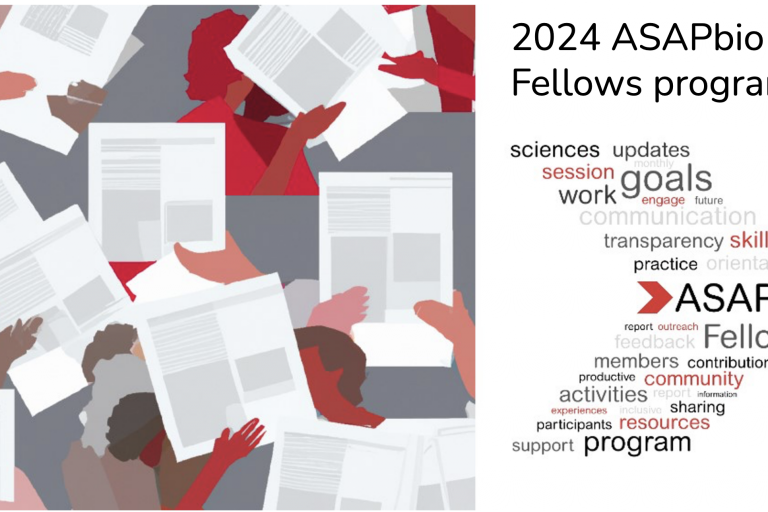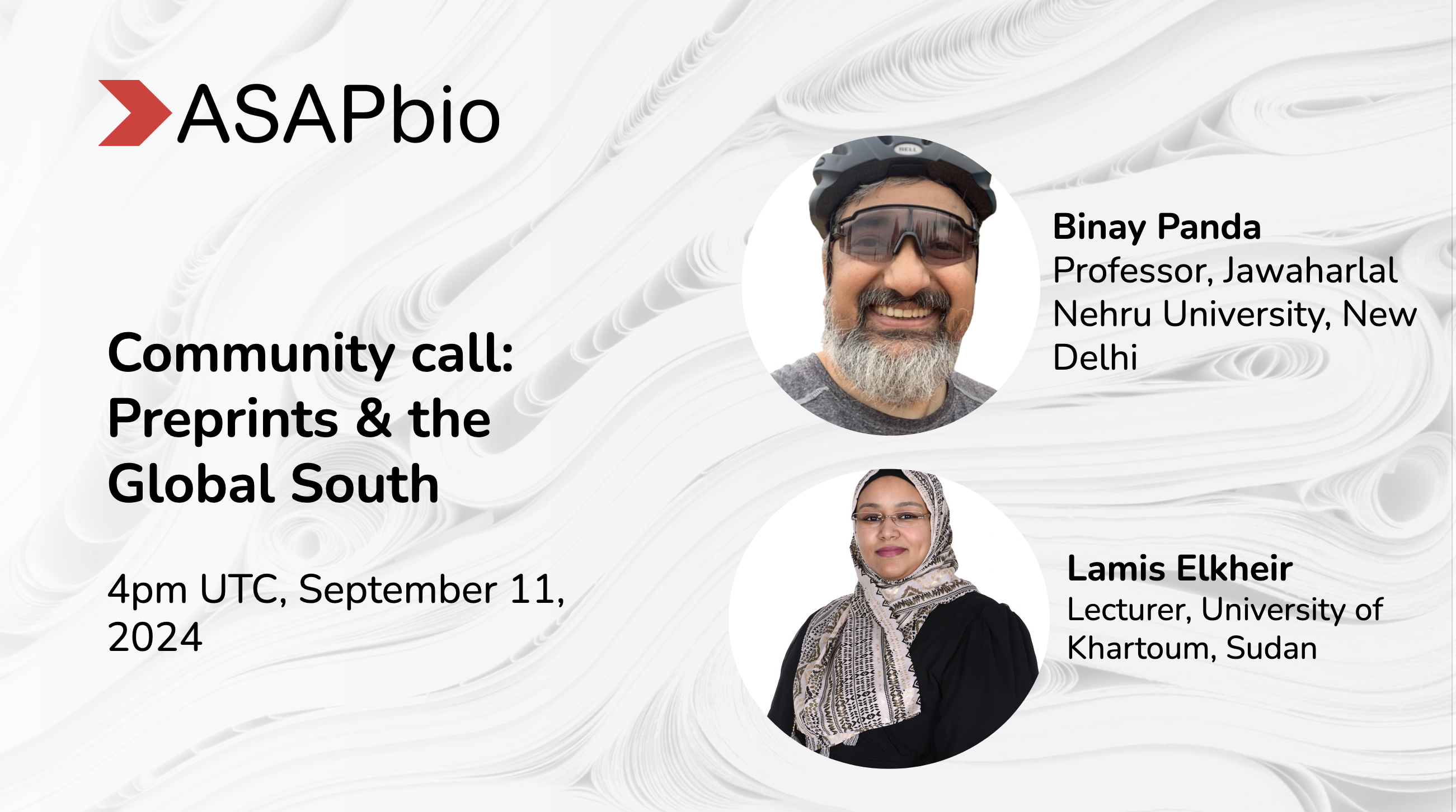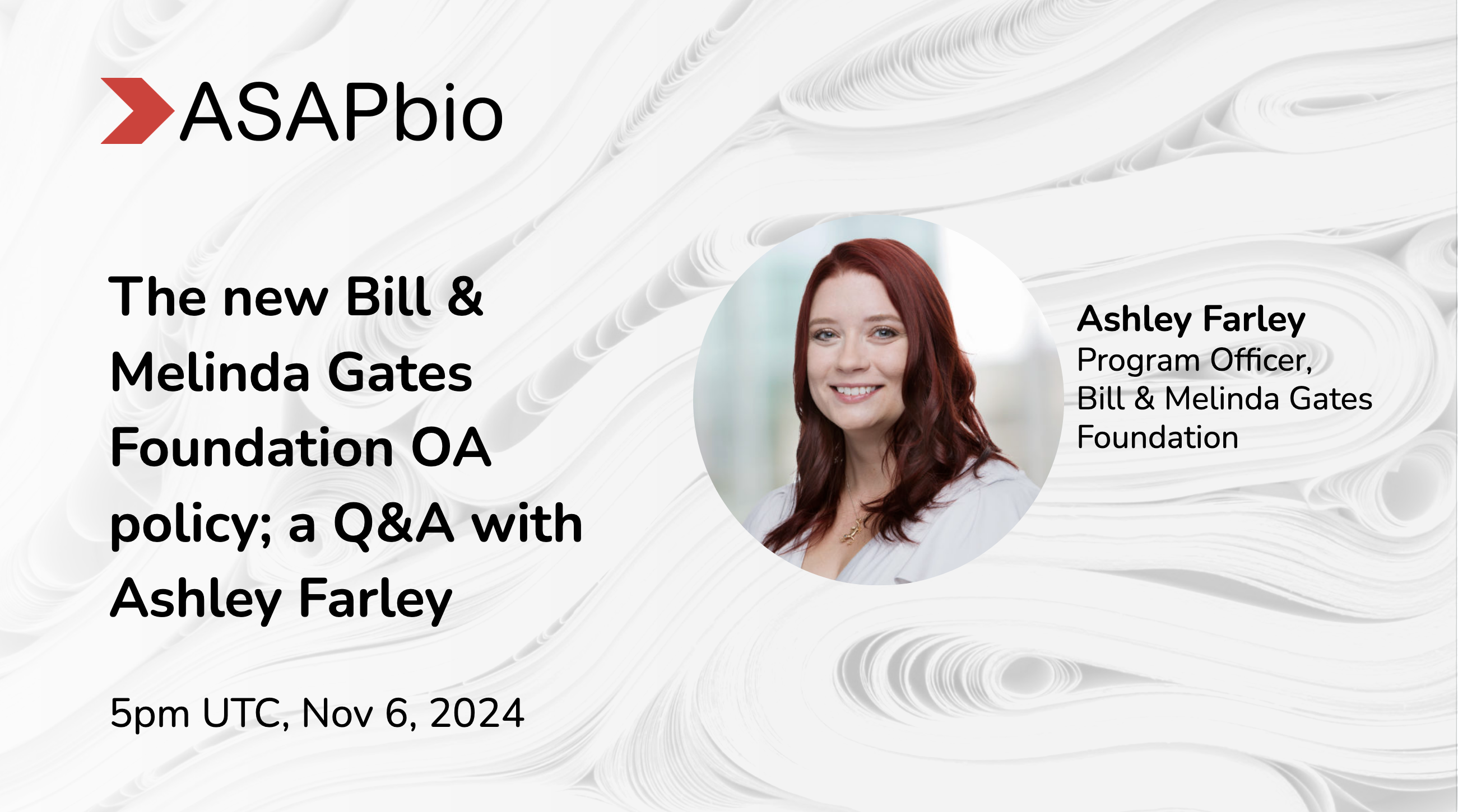What Do Researchers Think about Scholarly Publishing? Five Key Takeaways from a New Survey by cOAlition S
A comprehensive and high quality survey of researcher attitudes toward the scholarly publishing process was published last week. The joint product of a consultation with Research Consulting and the Centre…












